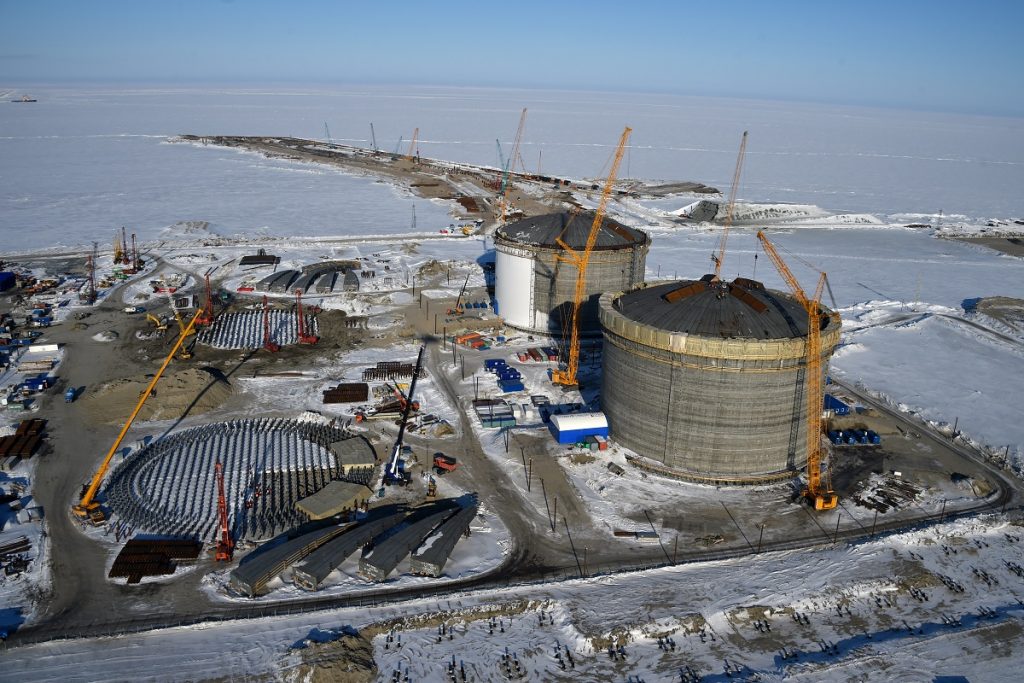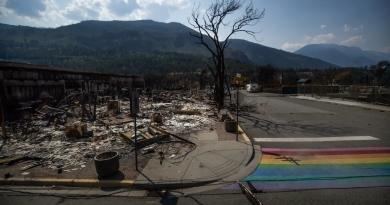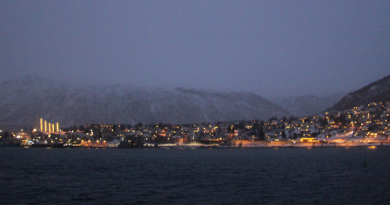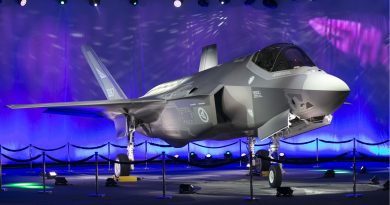With Arctic rush, Russia beats natural gas production records

“Despite complicated external challenges, illegal sanctions and problems with financing, the year 2017 had an increase in investments,” Russian Minister of Energy Aleksandr Novak told President Vladimir Putin in a meeting last week.
According to the minister, a total of 3.5 billion rubles were invested in the Russian fuel and energy sector in 2017, an increase of 10 percent from the previous year. Natural gas production amounted to 691 billion cubic meters, the highest volume in 17 years, and exports was a record-beating 224 billion cubic meters, Novak explained.
A key part of it all comes from the country’s north. And more is to come.
Until now, the natural gas produced in the north has been pipelined out to the markets. In 2017, Gazprom’s flagship project in the region, the Bovanenkovo field in the Yamal Peninsula, produced as much as 82,8 billion cubic meters of gas. By year 2020, Bovanenkovo will produce an annual of 115 billion cubic meters, and several more regional fields will soon be in the pipeline, Gazprom says.
In 2017, the company completed the extended Bovanenkovo-Ukhta pipeline, 1260 km new west-bound infrastructure which increases the flow of gas from the Arctic peninsula to 264 million cubic meters per day.
Liquid natural gas production increasing
In addition to the pipeline gas, major volumes are now turned into LNG. In December 2017, Novatek launched its Yamal LNG project, which ultimately will produce up to 5,5 million tons of liquified gas per year. According to Minister Novak, the plan is to turn as much as 100 billion cubic meters of gas into LNG per year. That will ultimately make Russia among the biggest producers of liquified natural gas in the world.
Up to 20 percent of the world LNG market will be delivered by Russia, Novak told the president.
“This is truly the most developing niche, which in the long run represents a clean kind of energy.”
It is Novatek, which is Russia’s major developer of LNG, and the lion’s share of the company’s resources are located in and around the Yamal Peninsula. In addition to the Yamal LNG project, the company is in the process of the developing a second Arctic project.
The Arctic LNG 2 is to be ready for production by early 2023. It will be based on three project trains each with a production capacity of 6,1 million tons. Natural gas resources are based on the nearby Salmanovskoye and Geofizicheskoye fields, and possibly also field like the Gydanskoye, East-Tambey and North-Ob.
Related stories from around the North:
Canada: Environmental group praises Canada’s new Arctic shipping rules, Radio Canada International
China: It’s official: China releases its first Arctic Policy, Cryopolitics blog
Finland: US icebreaker investment could bring 2 billions euro windfall to Finland, YLE News
India: Russian Arctic natural gas comes to India, The Independent Barents Observer
Norway: Can Barents region become a superhub on China’s Arctic Silk Road?, The Independent Barents Observer
Russia: Foreign-flagged? Russia floats new steps to restrict Arctic shipping, The Independent Barents Observer
Sweden: Arctic winds: construction start for Europe’s biggest wind park, The Independent Barents Observer
United States: Economist sees big role for US oil & LNG, but finds hurdles in Arctic, Alaska Public Radio Network



